Introduction to React
Author: neptune | 11th-Dec-2022
What is React?
1. React is an open source library developed and maintained by the developers of Facebook, Instagram and also a larger community of contributors.
2. A declarative, efficient, and flexible JavaScript library for building user interfaces.
3. Makes developing a large scale, single-page application easier.
4. Supports all the syntax of ECMAScript 2015/ES6.
5. Can perform client-side as well as server-side rendering.
What is exciting in React?
For dynamic UI, DOM was never an optimized solution. Let's take an example of displaying a list containing 10 items and one is getting updated. To reflect the update, DOM will rebuild the entire list making it work 10 times more than what is necessary. This inefficiency can be overcome using Virtual DOM.
Virtual DOM (Document Object Model) is an abstract, lightweight copy of DOM. It can be changed as and when we want and then can be saved to the real DOM. Whenever a change occurs, Virtual DOM efficiently rerenders the DOM. It is much faster than DOM.
Virtual DOM has the same properties as a real DOM object.
React postulated the idea of Virtual DOM. It is commonly used by PayPal, Apple and Facebook.
Virtual DOM vs Real DOM
Real DOM
Reading and writing is really slow in DOM.
Changing the whole DOM each time when there is an update will slow down the page.
Virtual DOM
Has rapid DOM rendering speed because manipulating the virtual DOM is much faster, because nothing gets drawn on screen.
Only the required part of DOM is updated.
Need of React?
1. React is faster and better, because of Virtual DOM.
2. React can be used on both Client side and server side.
3. For apps having dynamic data, you can go with client side scripting.
4. Static pages can be rendered using server side scripts.
5. Mixture of both helps in maintaining the page safe and efficient.
6. Helps to maintain the readability of apps using components.
7. Can easily update the state by referring the components.
Building Blocks of ReactJS
A typical ReactJS program contains:
Components
Elements
Props
States
Functions
React Features
Components: Easier to maintain larger apps.
JSX: Optional feature of React that is a JavaScript syntax extension.
Frontend: React only covers the view layer of the app, so you still need to choose other technologies to get a complete tooling set for development.
Inline template: React is using inline templating and JSX that might be awkward to some developers.
JSX
JSX is an inline markup that looks like HTML that gets transformed to JavaScript by preprocessors. It is not mandatory to use JSX with React. But React would be elegant if JSX is used.
Syntax:
It starts with a HTML like open tag, and ends with the corresponding closing tag.
Example:
const element = <h1>Hello, world!</h1>;
The syntax is intended to be used by preprocessors such as Babel to transform HTML like text into standard JavaScript objects.
Conclusion
React is an open source library developed and maintained by the developers of Facebook, Instagram and also a larger community of contributors. Virtual DOM (Document Object Model) is an abstract, lightweight copy of DOM. JSX is an inline markup that looks like HTML.
#JavaScript #AI #Python #Hackerrank #Motivation #React.js #Interview #Testing #SQL #Selenium #IT #LeetCode #Machine learning #Problem Solving #AWS #API #Java #GPT #TCS #Algorithms #Certifications #Github #Projects #Jobs #Django #Microservice #Node.js #Google #Story #Pip #Data Science #Postman #Health #Twitter #Elon Musk #ML
 Generate Fibonacci Sequence - JavaScript | Hackerank
Generate Fibonacci Sequence - JavaScript | HackerankAuthor: neptune | 07th-Apr-2023
#JavaScript #Hackerrank
Write a JavaScript function fibonacciSequence() to generate a FIbonacci sequence...
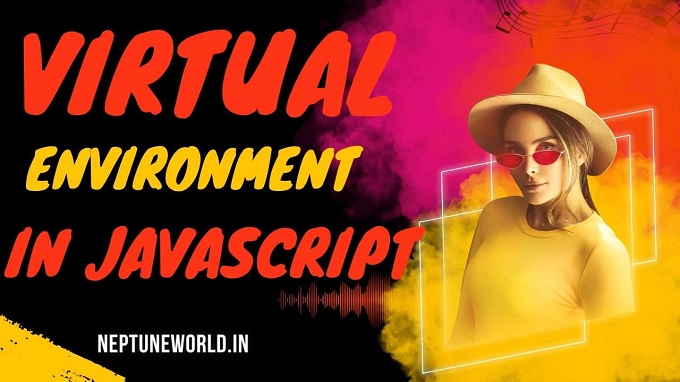 Managing Virtual Environments in React JavaScript Projects
Managing Virtual Environments in React JavaScript ProjectsAuthor: neptune | 28th-Jun-2023
#JavaScript #React.js
Virtual environments are a valuable tool in React JavaScript projects as they allow developers to isolate dependencies, manage package versions, and maintain project consistency...
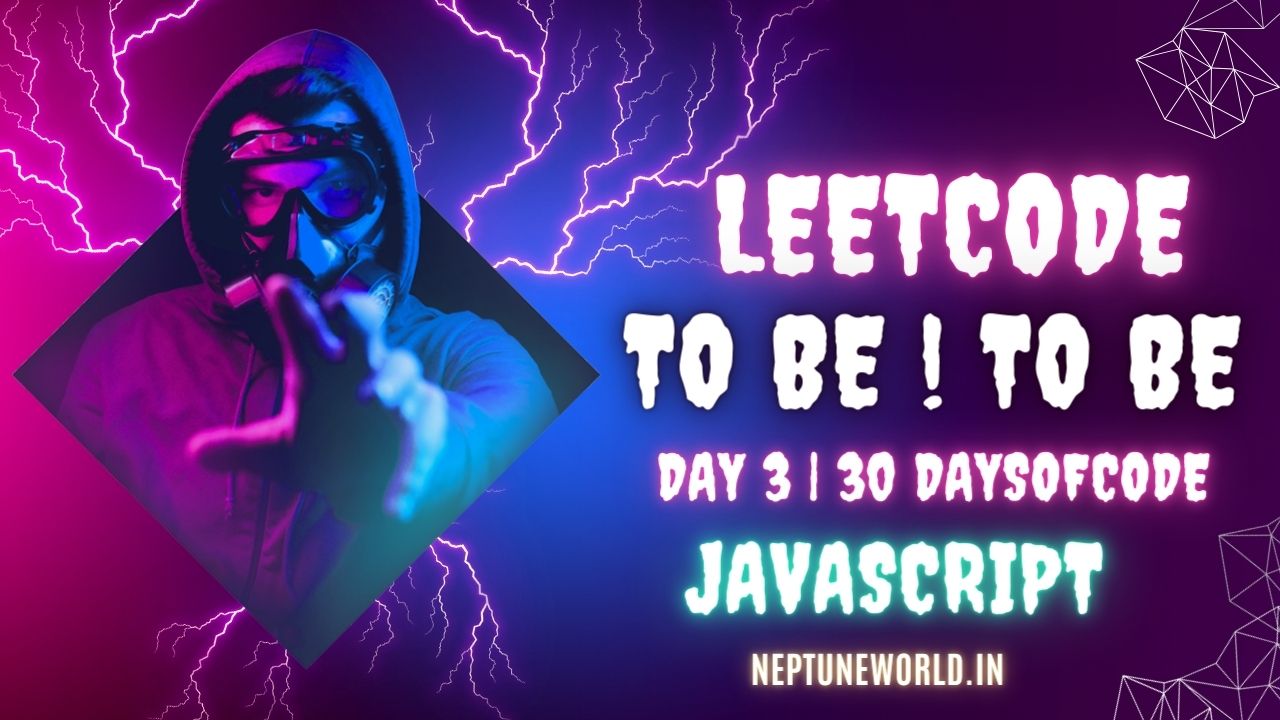 To Be Or Not To Be | #2704 | LeetCode Solution
To Be Or Not To Be | #2704 | LeetCode SolutionAuthor: neptune | 03rd-Sep-2023
#JavaScript #LeetCode
Write a function that helps developers test their code. It should take in any value and return an object with the following two functions...
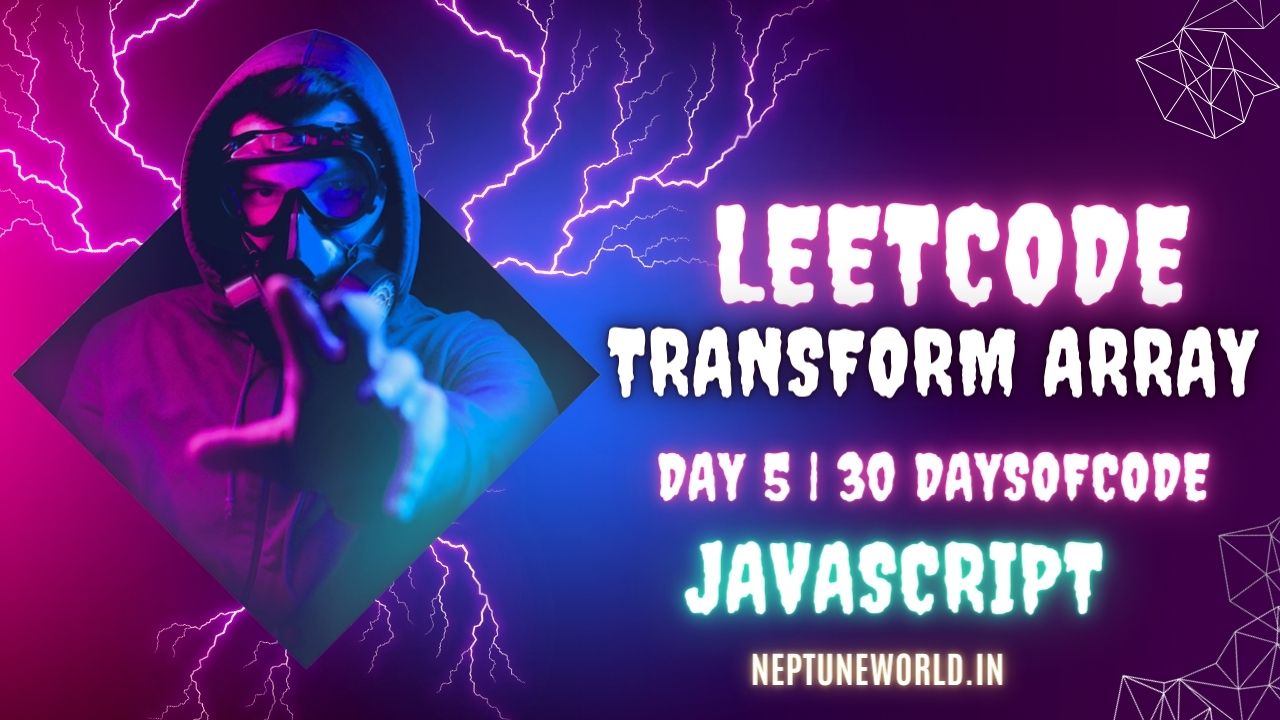 Apply Transform Over Each Element in Array | #2635 | LeetCode Solution
Apply Transform Over Each Element in Array | #2635 | LeetCode SolutionAuthor: neptune | 05th-Sep-2023
#JavaScript #LeetCode
Given an integer array `arr` and a mapping function `fn`, return a new array with a transformation applied to each element...
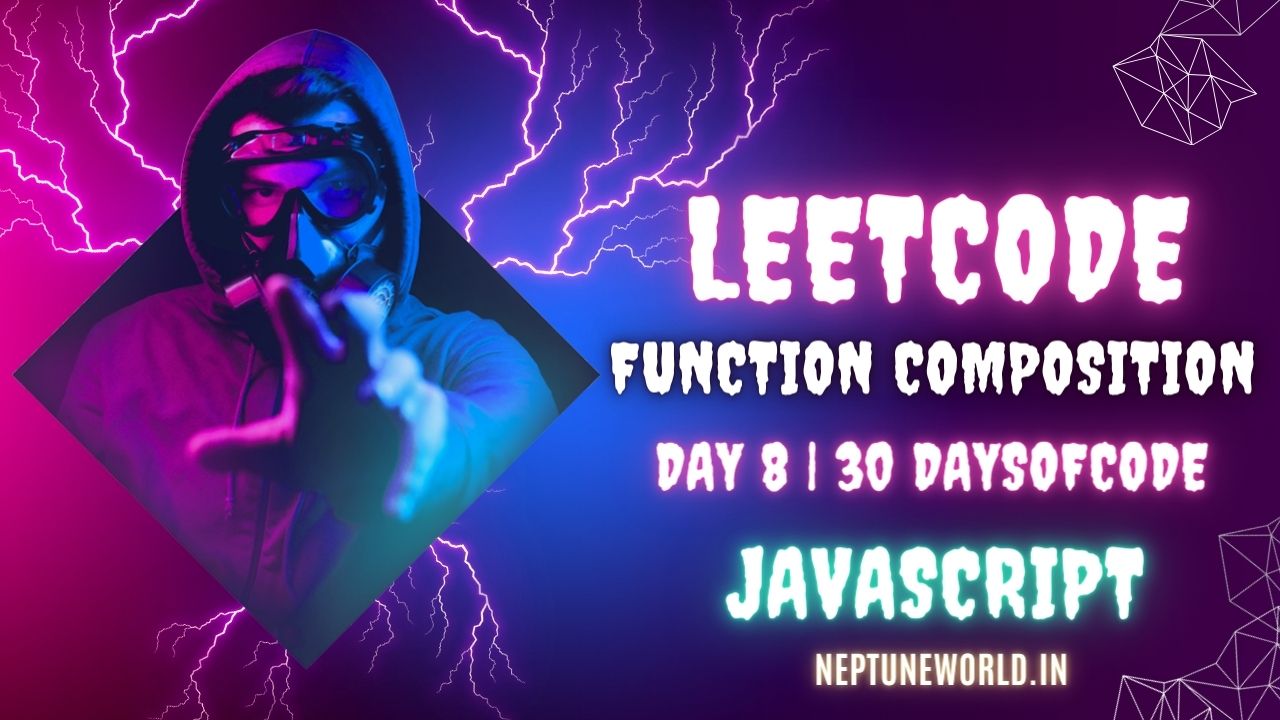 Function Composition | #2629 | LeetCode Solution
Function Composition | #2629 | LeetCode SolutionAuthor: neptune | 09th-Sep-2023
#JavaScript #LeetCode
Given an array of functions [f1, f2, f3, ..., fn], return a new function fn that is the function composition of the array of functions...
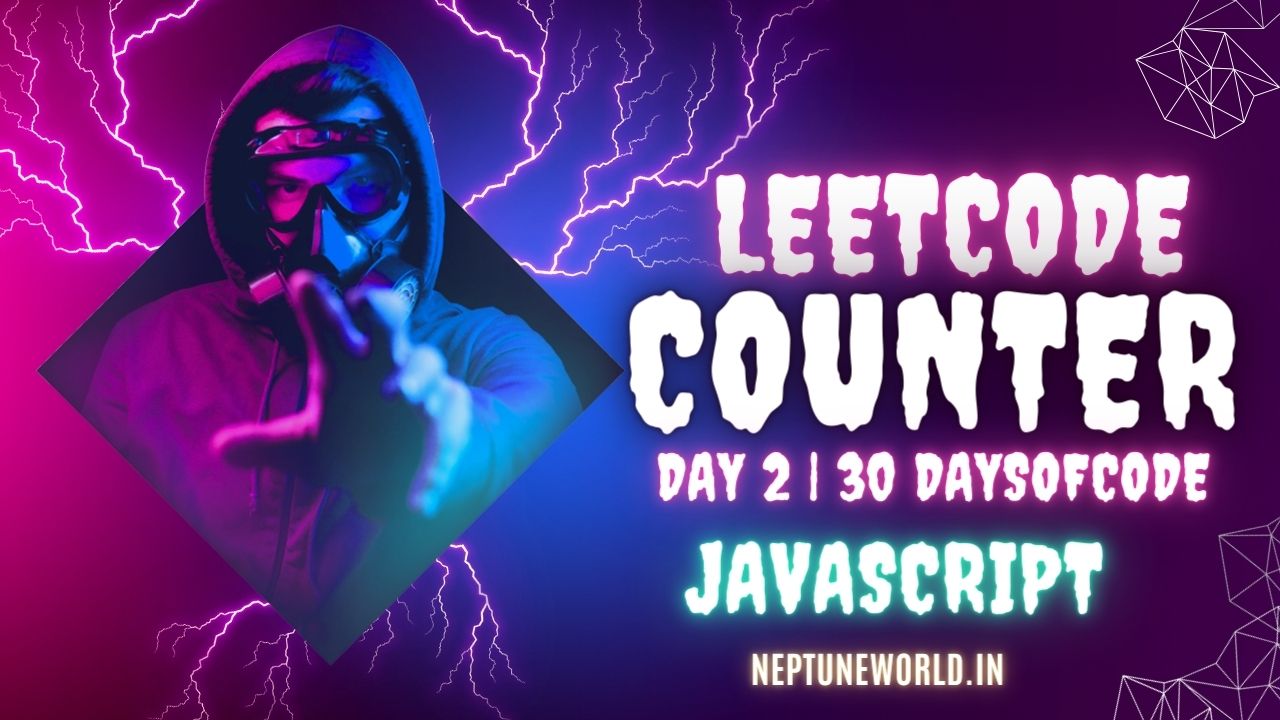 Counter | #2620 | LeetCode Solution
Counter | #2620 | LeetCode SolutionAuthor: neptune | 02nd-Sep-2023
#JavaScript #LeetCode
Given an integer n, return a counter function. This counter function returns n and then n + 1, n + 2, etc...
 Different ways to handle state in React applications
Different ways to handle state in React applicationsAuthor: neptune | 21st-Jun-2023
#JavaScript #React.js
This article explores different ways to manage states in React, including local component state, context API, and state management libraries like Redux...
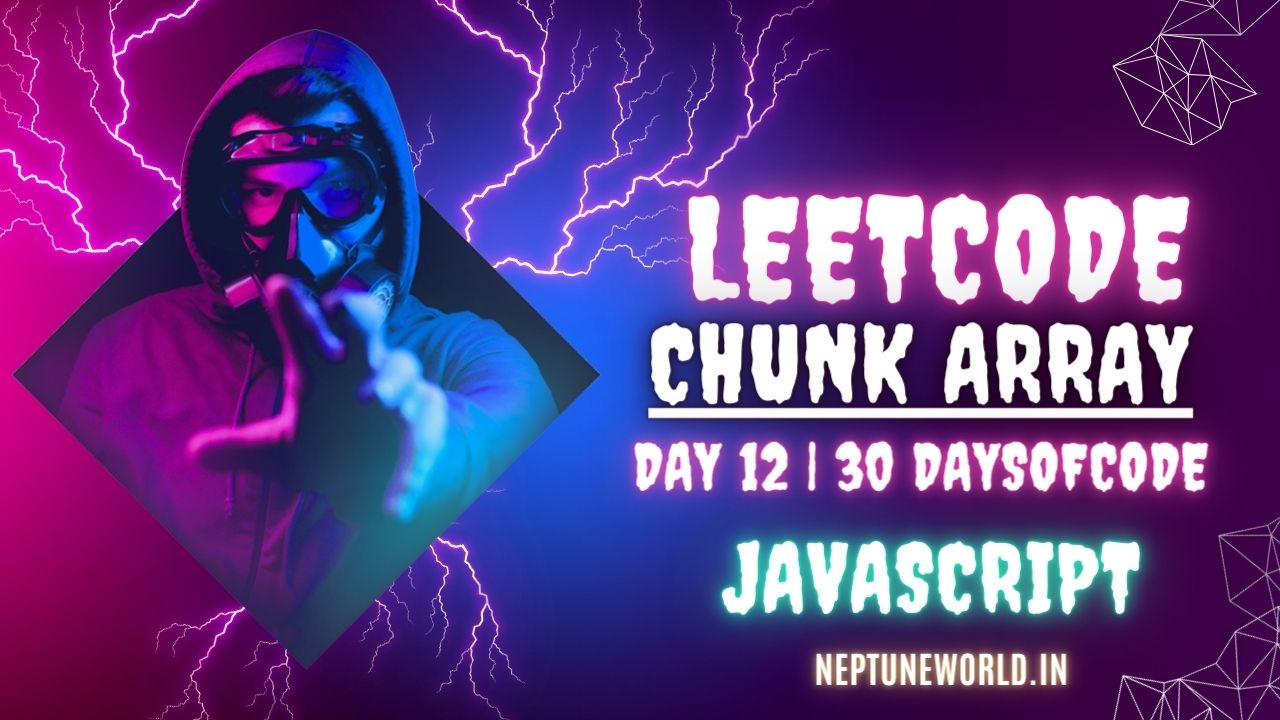 Chunk Array | #2677 | LeetCode Solution
Chunk Array | #2677 | LeetCode SolutionAuthor: neptune | 19th-Sep-2023
#JavaScript #LeetCode
Given an array arr and a chunk `size`, return a `chunked` array...
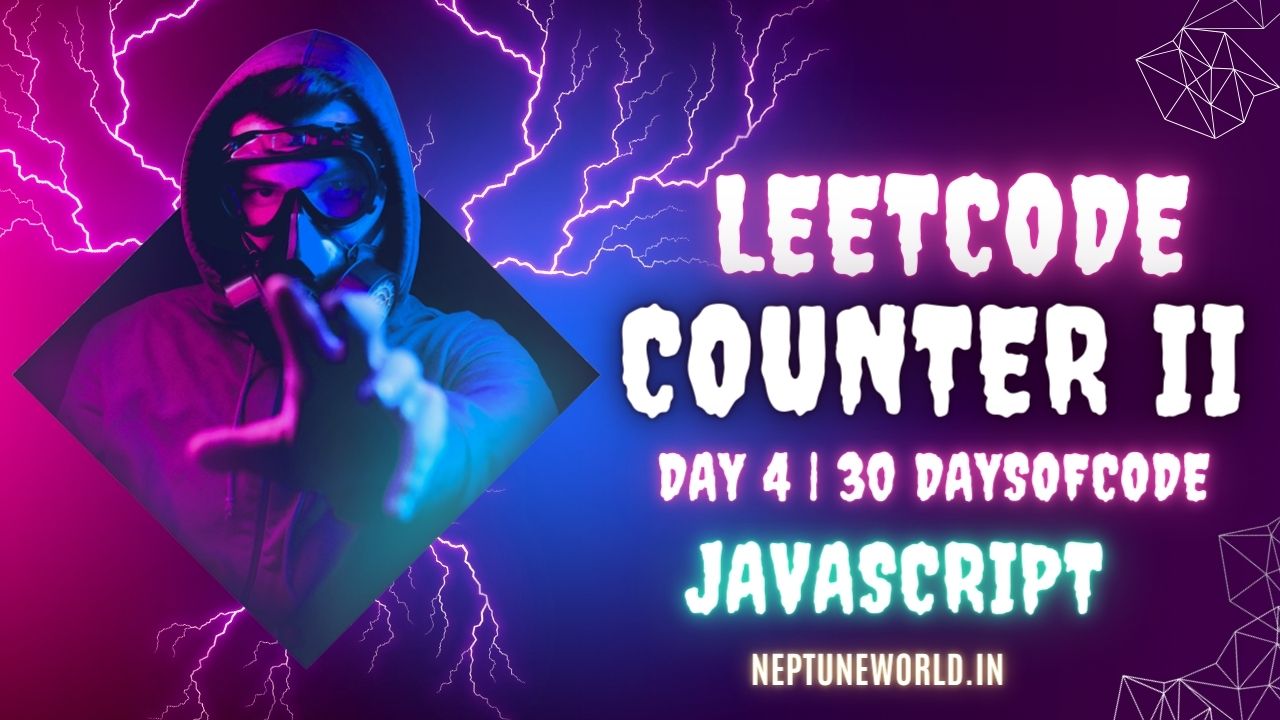 Counter 2 | #2665 | LeetCode Solution
Counter 2 | #2665 | LeetCode SolutionAuthor: neptune | 04th-Sep-2023
#JavaScript #LeetCode
Write function 'createCounter' It accept an initial integer 'init' It should return an object with three functions- increment() , decrement(), reset()...
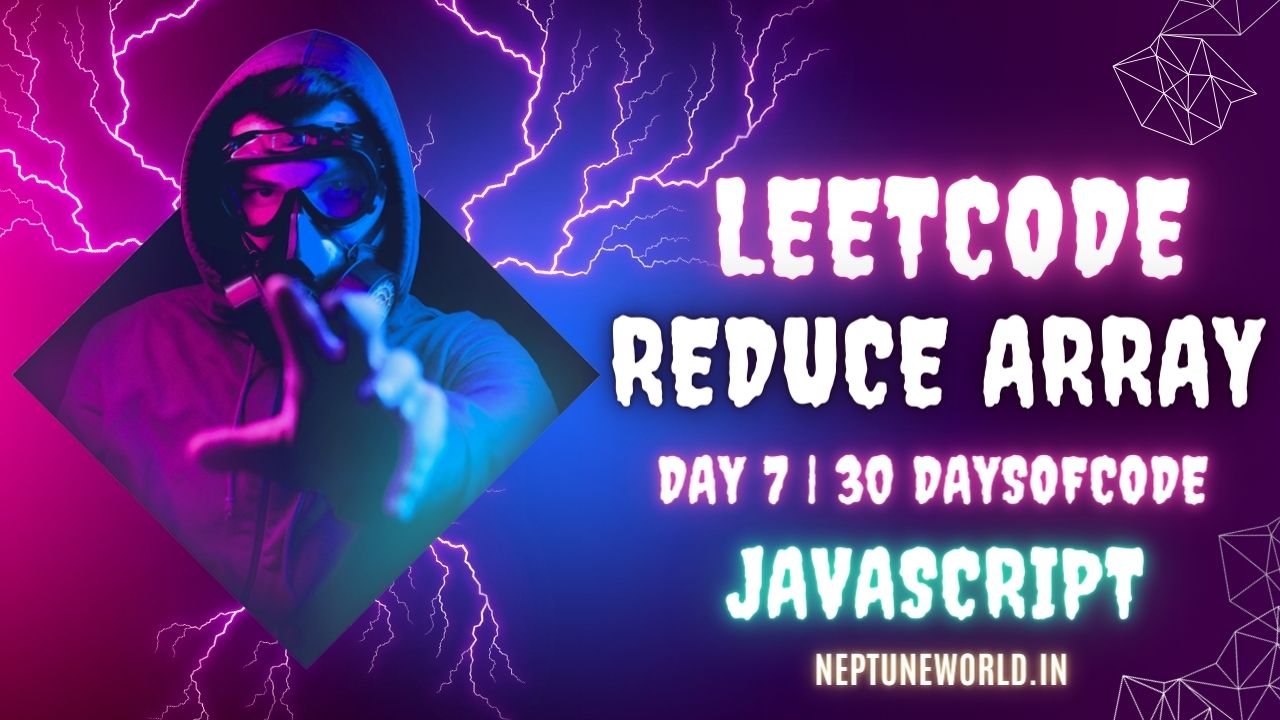 Array Reduce Transformation | #2626 | LeetCode Solution
Array Reduce Transformation | #2626 | LeetCode SolutionAuthor: neptune | 09th-Sep-2023
#JavaScript #LeetCode
Given an integer array `nums` and a reducer function `fn`, and an initial value `init`, return a reduced array...
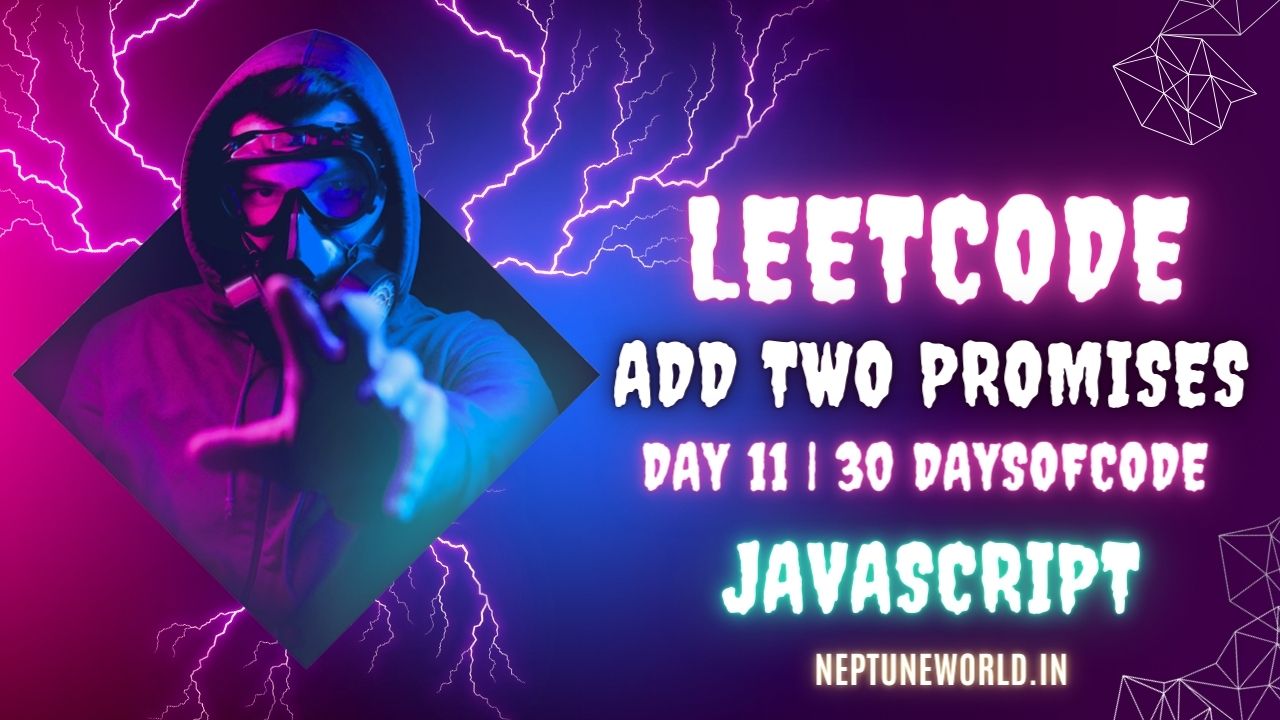 Add Two Promises | #2723 | LeetCode Solution
Add Two Promises | #2723 | LeetCode SolutionAuthor: neptune | 12th-Sep-2023
#JavaScript #LeetCode
Given two promises `promise1` and `promise2`, return a new `promise`. `promise1` and `promise2` will both resolve with a number...
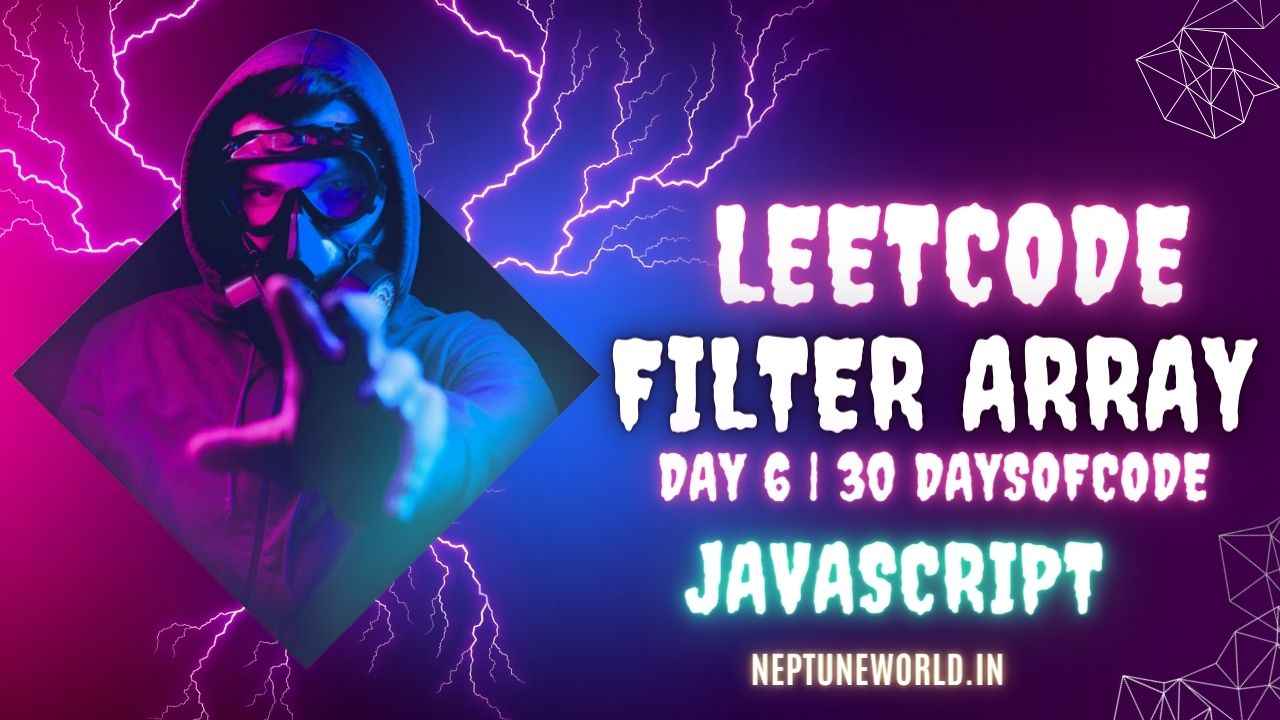 Filter Elements from Array | #2634 | LeetCode Solution
Filter Elements from Array | #2634 | LeetCode SolutionAuthor: neptune | 06th-Sep-2023
#JavaScript #LeetCode
Given an integer array `arr` and a filtering function `fn`, return a filtered array `filteredArr`...
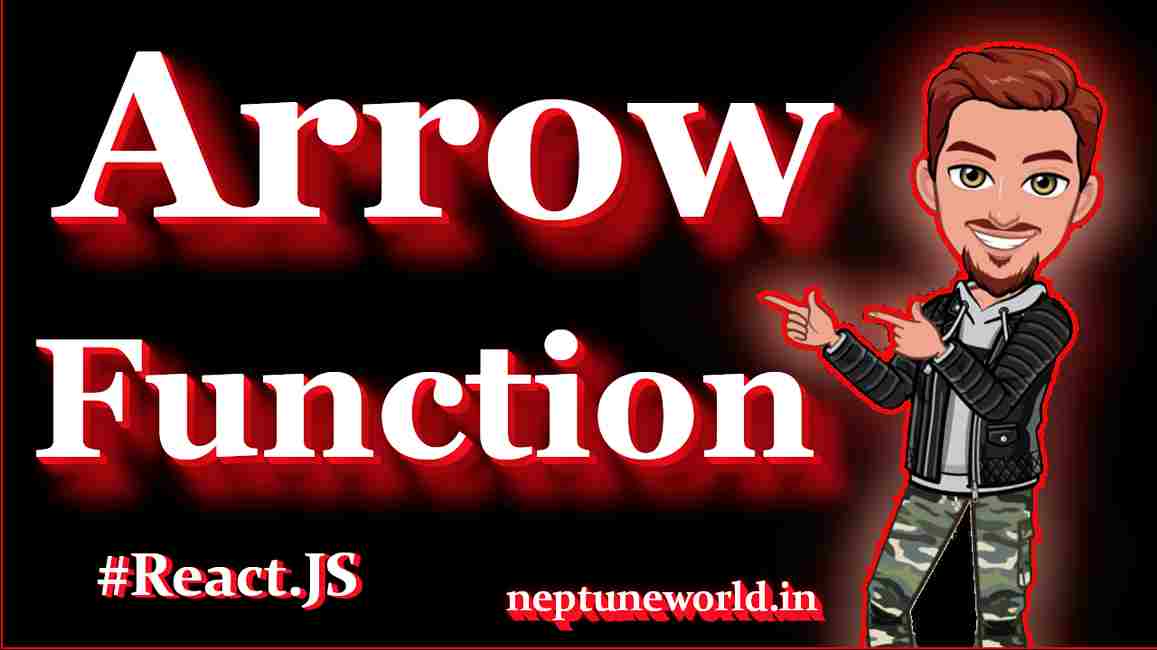 Arrow Functions in JavaScript | ES6
Arrow Functions in JavaScript | ES6Author: neptune | 26th-Mar-2023
#JavaScript #React.js
In this article, we will explore the syntax and usage of arrow functions in detail, along with some examples...
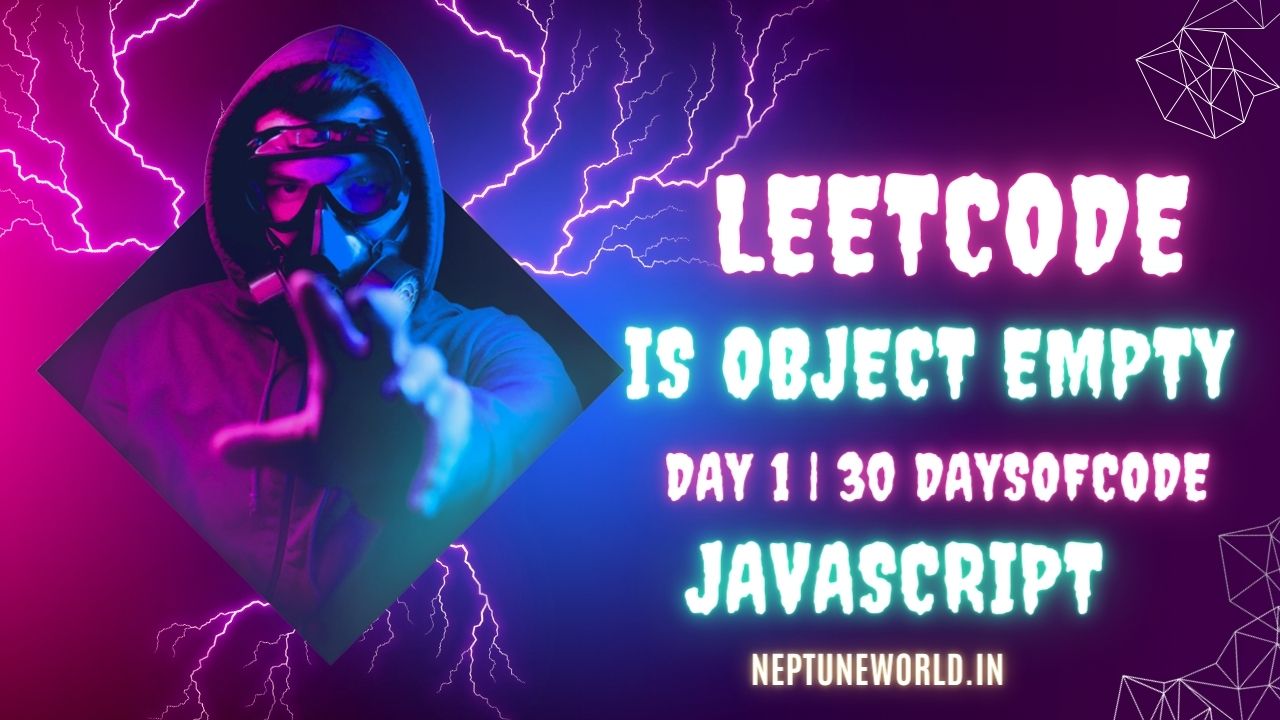 Is Object Empty | #2727 | LeetCode | JavaScript Solution
Is Object Empty | #2727 | LeetCode | JavaScript SolutionAuthor: neptune | 01st-Sep-2023
#JavaScript #LeetCode
Given an object or an array, return if it is empty...
 From REST to GraphQL: The Future of API Design
From REST to GraphQL: The Future of API DesignAuthor: neptune | 25th-Feb-2024
#JavaScript
Unlike traditional REST APIs, GraphQL provides a more flexible and intuitive approach to data querying and retrieval...
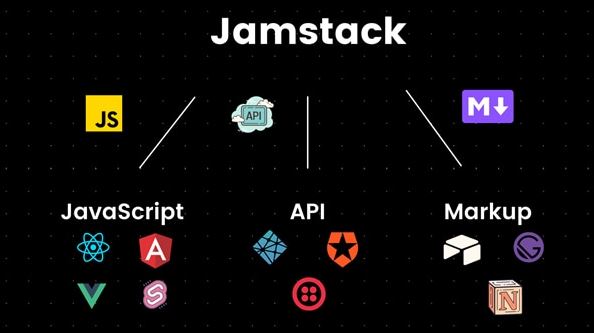 How I Built My Blogging Website Using React, Node.js, and Jamstack Architecture?
How I Built My Blogging Website Using React, Node.js, and Jamstack Architecture?Author: neptune | 31st-Jul-2024
#JavaScript #API
Building a blogging website using React, Node.js, and Jamstack architecture was a rewarding experience...
 How to Perform Unit Testing in React Components with Examples?
How to Perform Unit Testing in React Components with Examples?Author: neptune | 25th-Jul-2024
#JavaScript #React.js
Unit testing in React is an essential practice to ensure the reliability and robustness of your components...
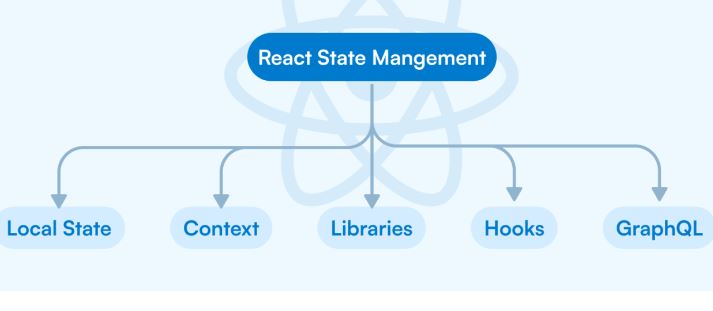 Do you know ! How to manage State in Functional & Class Components in React ?
Do you know ! How to manage State in Functional & Class Components in React ?Author: neptune | 25th-Jul-2024
#JavaScript #React.js
State management in React has evolved significantly with the introduction of Hooks...
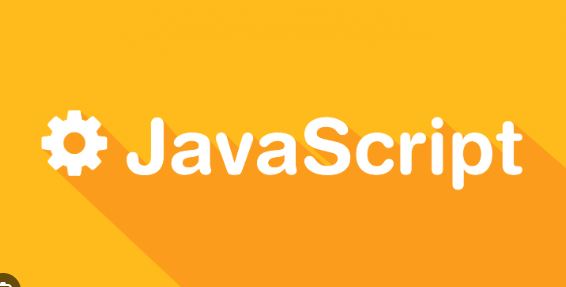 A Guide to Writing Clean, Readable, and Maintainable Code in JavaScript
A Guide to Writing Clean, Readable, and Maintainable Code in JavaScriptAuthor: neptune | 23rd-Feb-2024
#JavaScript
By incorporating these principles into your coding practices, you contribute to creating code that is not only functional but also maintainable and easily understandable by your peers...
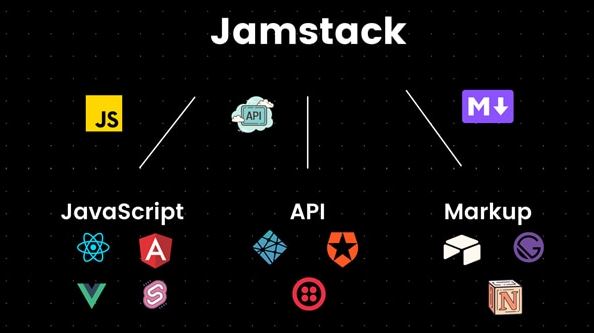 How to Get Started with Jamstack: A Comprehensive Guide?
How to Get Started with Jamstack: A Comprehensive Guide?Author: neptune | 05th-Jul-2024
#JavaScript #API
Getting started with Jamstack involves choosing the right tools, setting up a structured development environment...
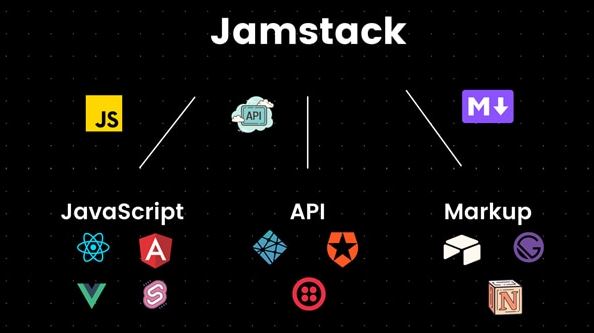 Why, What, and When: Understanding Jamstack?
Why, What, and When: Understanding Jamstack?Author: neptune | 05th-Jul-2024
#JavaScript #API
Jamstack represents a modern approach to web development that addresses many of the challenges faced by traditional architectures...
View More